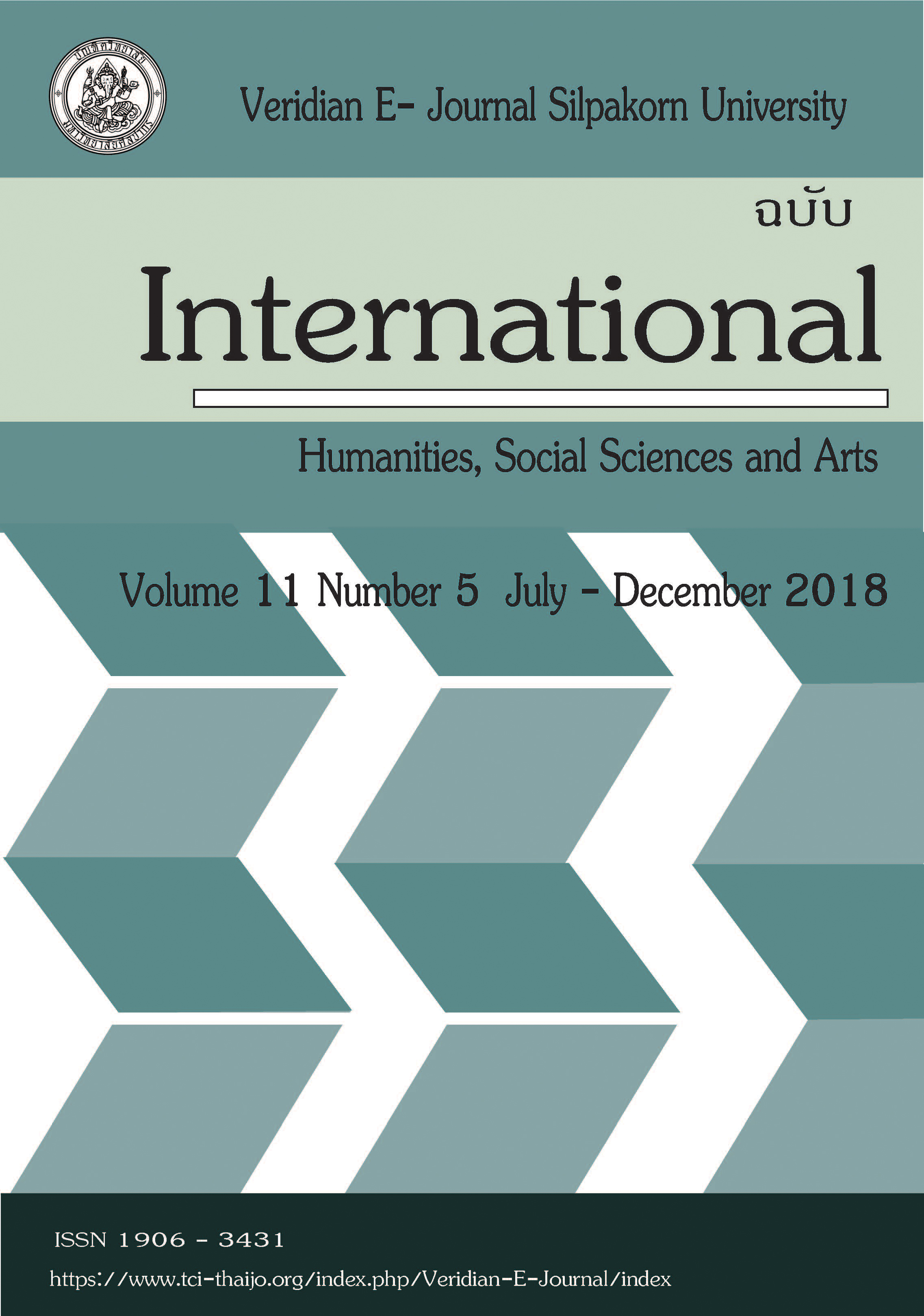Safety Signage for Communication in Thai Elderly Accommodation
Main Article Content
บทคัดย่อ
This research was aimed to 1) examine the safety signage for communication in Thai elderly accommodation including the signage shape, material, letters, letter color, layout, signage color, and symbol graphics, including personal information of questionnaire respondents and need in signage style; 2) design the safety signage for communication in Thai elderly accommodations including the signage shape, material, letter, letter color, layout, signage color, and symbol graphic suitable for the elderly; and 3) evaluate the perception and understanding of the safety signage among the research sample which consists of Thai academics, instructors, individuals with experiences in related fields of education communication, medicines, nursing, graphic design, signage design; and 3 groups of Thai elderly, i.e. early elderly (aged 60-69 years), middle elderly (aged 70-79 years), and late elderly (aged 80 years and over). Research instruments comprise a questionnaire on personal information of respondents, an opinion questionnaire on safety signage system for communication in Thai elderly accommodation, a questionnaire on elderly perception of the safety signage, and a questionnaire on elderly understanding of the safety signage. Research statistics include percentage (%), mean (x̄), standard deviation (S.D.), Independent Sample (t-test), One-Way ANOVA (F-test), Nonparametric Tests (Kruskal-Wallis Test), and Nonparametric Tests (Mann-Whitney U-Test). The result on perception of safety signage revealed that the elderly with differences in sites, sexes, ages, education, and visual problems displayed differences in perception. Regarding the understanding of the safety signage, the elderly with differences in shapes, sites, sexes, ages, education displayed differences in understanding, while those with differences in visual problems displayed no differences in understanding of the signage.

